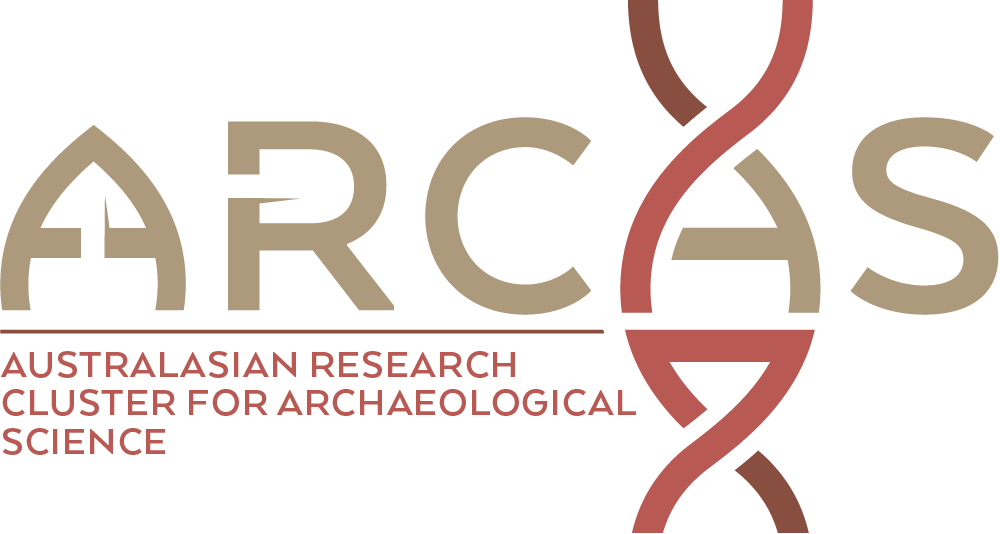Geoarchaeological research in the humid tropics: A global perspective
Publication date: Available online 16 November 2016Source:Journal of Archaeological Science Author(s): Mike W. Morley, Paul GoldbergGeoarchaeological research is now commonly undertaken as an integral component of archaeological investigations across much of the world. However, in humid tropical regions there is a relative shortfall of this Earth-Science approach to understanding archaeological records. In these regions, where hot and humid conditions prevail for significant parts of the year, sedimentological records are prone to high levels of diagenesis, bioturbation and weathering. This means that understanding and quantifying archaeological site formation processes can be very challenging because we may have not have sufficient existing data with which to decipher the stratigraphic (and microstratigraphic) features recorded in these sequences. In this paper we introduce a special issue of Journal of Archaeological Science in which we showcase a selection of geoarchaeological research from across the equatorial regions of five continents, highlighting the types of stratigraphic sequences and sedimentological features that are likely to be encountered, and evaluating the tools that can be employed to maximise the geoarchaeological potential of these unique records. Additionally, we use this opportunity to review geoarchaeology in the humid tropics from a global perspective, outlining the main problems that geoarchaeologists face working in these environments and the techniques available to mitigate them.
